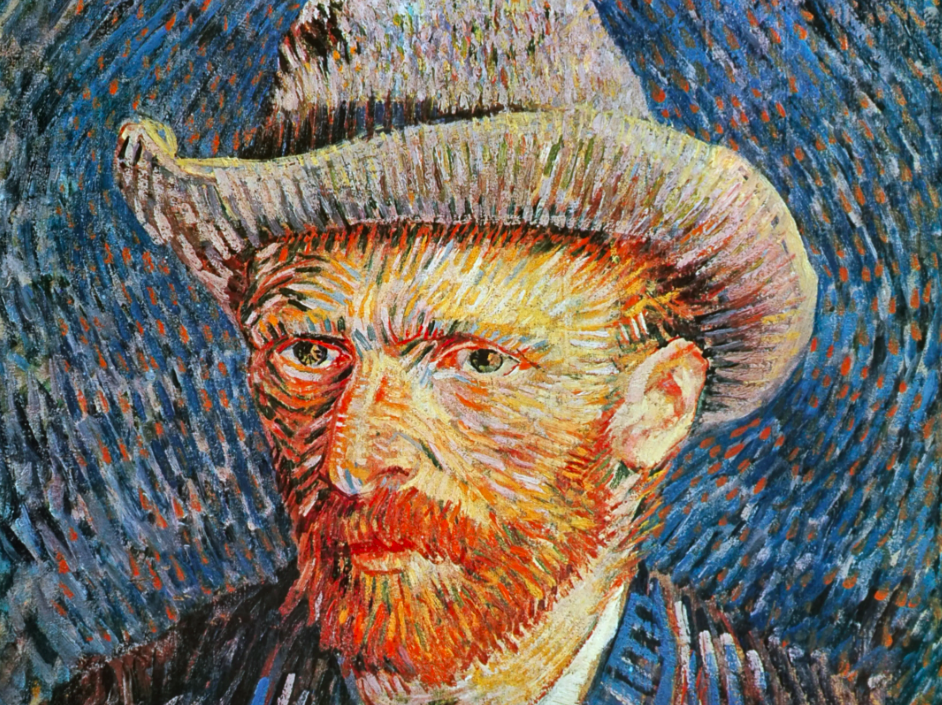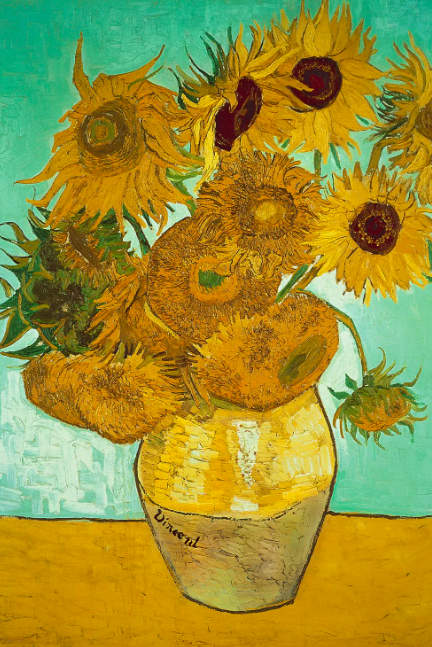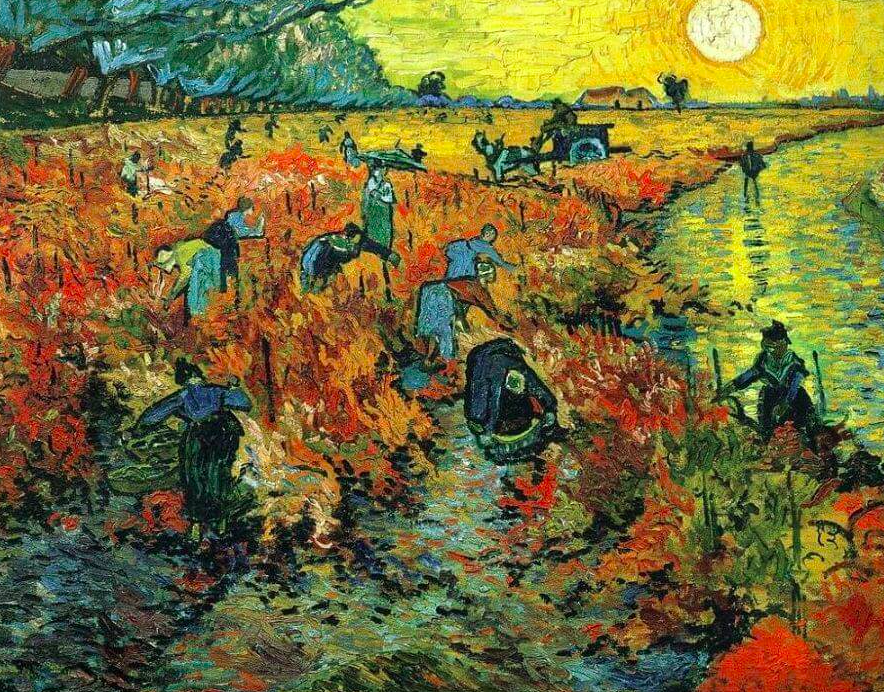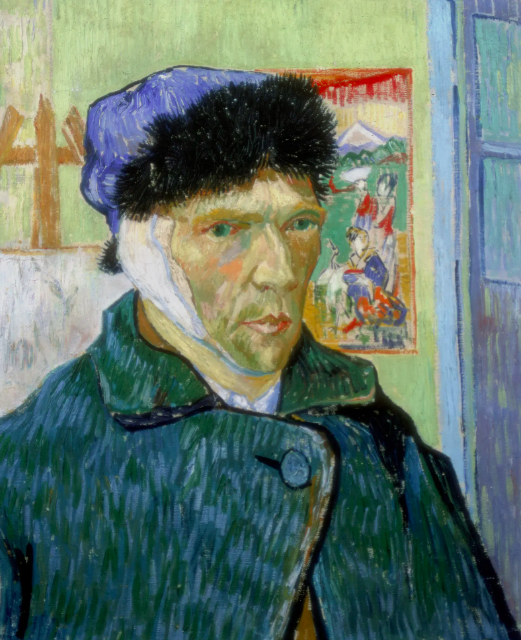
Misunderstood and incredibly ignored throughout his lifetime, Vincent Van Gogh disrupted the history of painting, which he is now recognized as one of the greatest artists. Associated with the Post-Impressionist movement, his massive amount of work (over 2000 canvases and drawings) also had a large influence on Fauvism and Expressionism, indicating in itself some of the greatest pieces in the history of painting. Below we’ve outlined some interesting facts about Vincent Van Gogh himself.
He despised the art market
Vincent Van Gogh extremely disliked the principle of the art market. In his youth, he worked almost eight years for a franchise gallery of the art publisher Goupil & Cie, first in The Hague, then in London and Paris, before being fired for having openly questioned, in front of clients, whether a work of art can be considered as a commodity. When he went to Arles in 1888, he created the Atelier du Midi, in the famous yellow house on Place Lamartine which he painted the same year, and where he intended to bring together a community of artists around research and experimentation, on the verge of the traditional art market.

Photo: Neue Pinakothek, Munich © Bridgeman Images
He was a pastor
Quickly after he was dismissed from Goupil & Cie, Van Gogh returned to England, and was seized with a huge spirituality that soon became a religious mission. First working for a time as a teacher in a boarding school, he then joined a Methodist church, where he worked as an assistant. Between 1877 and 1878, he studied theology in Amsterdam, then in Brussels, but failed the exams to finally become a lay preacher. This failure led to a long period of depression, which was decisive in Van Gogh’s choice to devote himself to painting.
He used self-portrait to experiment
Between 1886 and 1889, the artist painted over twenty self-portraits, often in very tiny formats, most of which were made during a two-year stay in Paris. By painting his own face, the artist experimented with multiple painting styles and techniques, which we can see evolve over the course of these 37 paintings, now distributed between private collections and the Van Gogh Museum in Amsterdam, the Musée d’Orsay in Paris and Metropolitan Museum of Art in New York, among others. Self-Portrait with Hairless Face, dated 1889, sold for $71.5 million in 1998, becoming one of the most expensive canvases in the world.

Photo: Vincent Van Gogh // Universal History Archive // UIG via Getty Images
He only sold one canvas in his lifetime
It was Théo Van Gogh, Vincent’s younger brother, an art dealer, who in 1890 sold The Red Vineyard, a grape harvest scene, to the painter Anna Boch for 400 francs. It was only after Vincent Van Gogh’s death that Johanna Bonger, widow of Théo, who inherited Vincent’s paintings, and Father Tanguy (notably one of the first successful collectors and art dealers impressionists), began to sell Vincent’s paintings. The painter Edgar Degas became one of the first buyers.

Photo: Courtesy of the Vincent Van Gogh Museum
He spent a year in the asylum of Saint-Rémy-de-Provence
In 1889, the artist was chronically depressed. He then decided to enter the Saint-Paul-de-Mausole asylum, until his brother encouraged him to join him in Auvers-sur-Oise. From the room of the asylum, the painter observed the wheat fields, which gave rise to a large series of paintings. Despite the multiple crises he struggled with throughout this era, the artist was very productive, notably painting Starry Night and Irises.

Photo: Courtesy of the Vincent Van Gogh Museum
He cut off his ear after an argument
The famous story of the cut ear, of which two of his self-portraits show witness in particular, took place in Arles in 1988. Determined to unite a community of artists around common principles in the yellow house, Van Gogh convinced his friend Paul Gauguin to join him. The two artists began a series of pieces around the cemetery of Alyscamps, but couldn’t get along, and argued constantly. On December 23, 1888, Van Gogh was found in bed with his left ear cut off. The most widespread theory is that of self-mutilation: Van Gogh, found with a surge of madness, cut off his ear with a razor, prior to entrusting it to one of his neighbors, a brothel employee. Other versions of the news item exist, recounted in a book by Hans Kaufmann and Rita Wildegans, two German academics. According to them, Gaugin himself cut off his friend’s ear with a saber.

Photo: Universal History Archive // Getty Images
beauty beauty trends celebrities celebrity news christmas christmas movies coffee dating fall fashion fashion fashion designers fashion trends fashion week fitness hailey bieber hair trends halloween harry potter health Instagram Justin Bieber kate middleton King Charles meghan markle mental health milan fashion week movies music netflix new york city paris paris fashion week pregnancy prince harry princess diana prince william relationships royal family royals skincare street style television travel valentine's day wellness